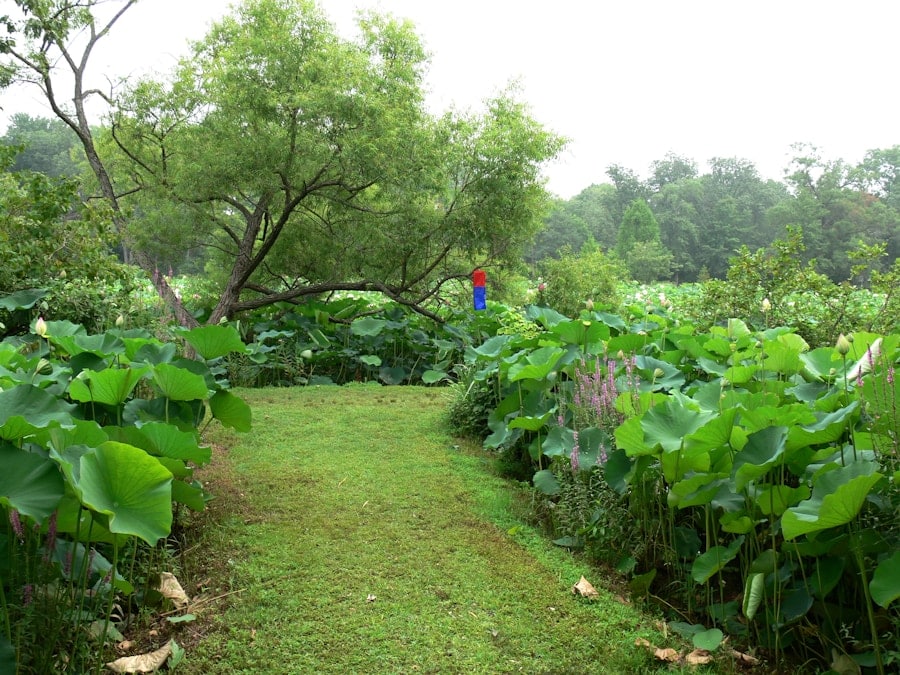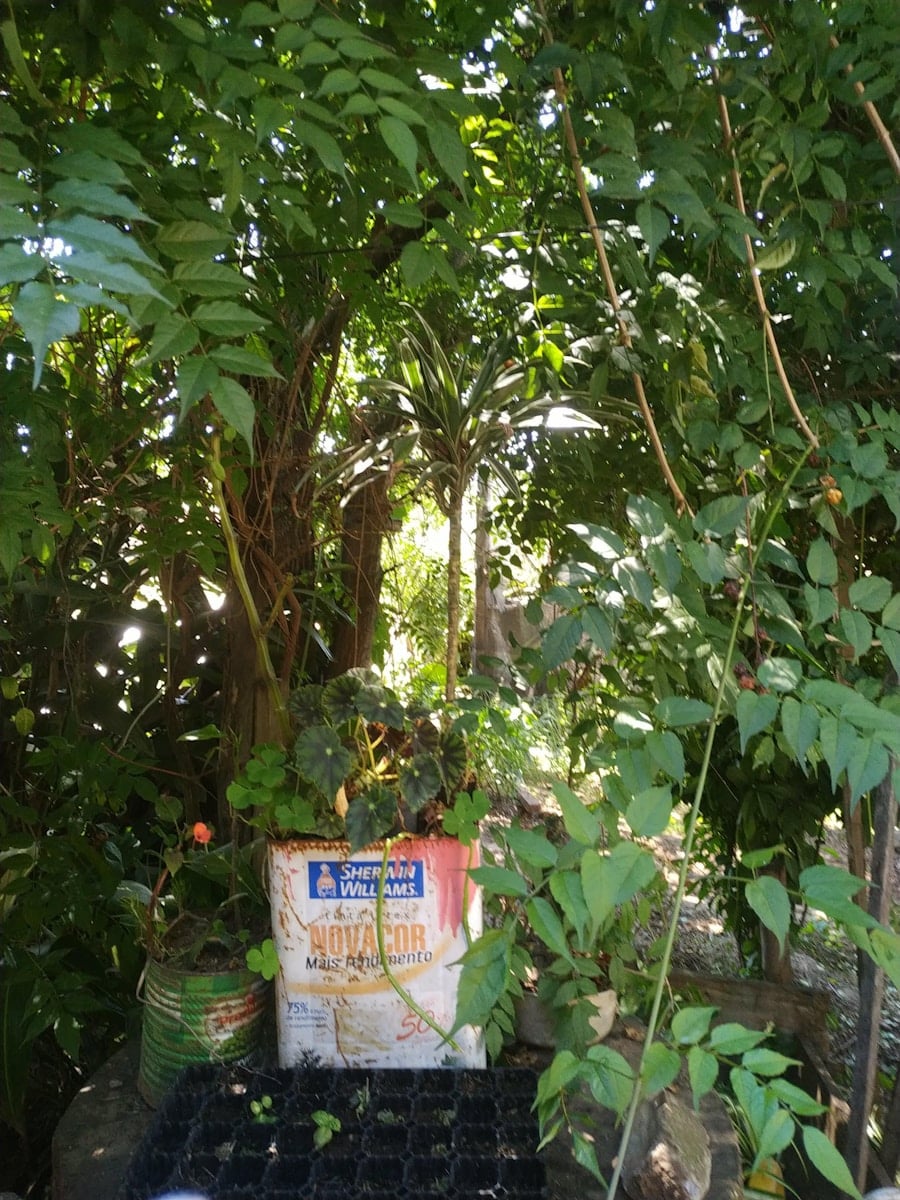Green Giants, scientifically known as Thuja standishii x plicata, are popular evergreen trees prized for their rapid growth and dense foliage. To thrive, these trees require a balanced supply of essential nutrients, which can be categorized into macronutrients and micronutrients. Macronutrients include nitrogen (N), phosphorus (P), and potassium (K), which are vital for overall growth, root development, and foliage health.
Nitrogen is particularly crucial for promoting lush, green foliage, while phosphorus supports root establishment and flowering, and potassium enhances overall plant resilience. In addition to macronutrients, Green Giants also need a variety of micronutrients such as iron, manganese, zinc, and copper. These elements play critical roles in various physiological processes, including photosynthesis and enzyme function.
Understanding these nutritional needs is fundamental for any gardener or landscaper aiming to cultivate healthy and robust Green Giants. Regular soil testing can help determine nutrient deficiencies and guide appropriate fertilization strategies. Check out the latest fertilizers for your garden at Soil Compost.
Key Takeaways
- Green giants have specific nutritional needs that must be met for optimal growth and health.
- Different types of fertilizers, such as granular, liquid, and slow-release, offer various benefits for green giants.
- Organic fertilizers are natural and environmentally friendly, while synthetic fertilizers provide quick and targeted nutrients.
- When choosing the best fertilizer for green giants, consider factors such as soil type, plant age, and specific nutrient requirements.
- Application methods for fertilizing green giants include broadcasting, top-dressing, and foliar feeding to ensure even distribution and absorption of nutrients.
Different Types of Fertilizers and Their Benefits
Fertilizers can be broadly classified into two categories: organic and synthetic. Organic fertilizers are derived from natural sources such as compost, manure, bone meal, and fish emulsion. They not only provide essential nutrients but also improve soil structure and enhance microbial activity.
The slow-release nature of organic fertilizers means that they gradually supply nutrients over time, reducing the risk of nutrient leaching and promoting sustained growth. For Green Giants, organic options like composted manure can improve soil fertility while also contributing to moisture retention. On the other hand, synthetic fertilizers are chemically manufactured and often contain concentrated forms of nutrients.
These fertilizers can deliver immediate results due to their quick-release formulations. For example, a balanced NPK fertilizer with a ratio of 10-10-10 can provide an instant boost in growth for Green Giants during the active growing season. However, the use of synthetic fertilizers requires careful management to avoid potential nutrient runoff and soil degradation.
Each type of fertilizer has its own set of benefits and drawbacks, making it essential for gardeners to choose based on their specific goals and environmental considerations.
The debate between organic and synthetic fertilizers is ongoing among horticulturists and gardeners alike. Organic fertilizers are often favored for their environmentally friendly properties and long-term benefits to soil health. They contribute to the development of a rich microbial ecosystem that enhances nutrient availability and improves soil structure.
For Green Giants, using organic fertilizers can lead to healthier trees that are more resilient to pests and diseases due to the improved soil conditions. Conversely, synthetic fertilizers offer the advantage of rapid nutrient availability, which can be particularly beneficial in situations where immediate results are desired. For instance, if a Green Giant is showing signs of nutrient deficiency, a synthetic fertilizer can quickly rectify the issue.
However, reliance on synthetic options can lead to soil acidification and reduced microbial activity over time. Ultimately, the choice between organic and synthetic fertilizers should be guided by the specific needs of the trees, the condition of the soil, and the gardener’s long-term sustainability goals.
Factors to Consider When Choosing the Best Fertilizer

When selecting the best fertilizer for Green Giants, several factors must be taken into account to ensure optimal growth and health.
Conducting a soil test can provide valuable insights into existing nutrient levels and pH balance, guiding the selection of a fertilizer that complements these conditions.
Another critical factor is the age and size of the Green Giants. Young trees may benefit from a fertilizer with higher nitrogen content to promote vigorous growth, while mature trees might require a more balanced approach with equal parts nitrogen, phosphorus, and potassium to maintain overall health. Additionally, seasonal timing plays a significant role; applying fertilizer during the active growing season (spring through early summer) aligns with the trees’ natural growth cycles, maximizing nutrient uptake.
Application Methods for Fertilizing Green Giants
| Application Method | Advantages | Disadvantages |
|---|---|---|
| Surface Broadcasting | Easy and quick to apply | May result in uneven distribution |
| Band Application | Allows for targeted placement of fertilizer | Requires specialized equipment |
| Foliar Feeding | Provides rapid nutrient absorption | May require frequent applications |
| Injection Fertilization | Delivers nutrients directly to the root zone | Requires specialized equipment and expertise |
The method of application can significantly influence the effectiveness of fertilization efforts for Green Giants. One common approach is broadcasting granular fertilizers around the base of the tree. This method allows for even distribution but requires careful attention to avoid over-fertilization in specific areas.
It is advisable to apply granular fertilizers in a circular pattern extending outwards from the trunk to ensure that nutrients reach the entire root zone. Another effective method is using liquid fertilizers through foliar feeding or soil drenching. Foliar feeding involves spraying a diluted liquid fertilizer directly onto the leaves, allowing for rapid absorption through leaf surfaces.
This method can be particularly useful during periods of stress or when trees exhibit signs of nutrient deficiency. Soil drenching involves applying liquid fertilizers directly to the soil around the root zone, ensuring that nutrients are readily available for uptake by the roots.
Best Practices for Fertilizing Green Giants
To achieve optimal results when fertilizing Green Giants, adhering to best practices is essential. First, timing is crucial; fertilization should ideally occur in early spring as new growth begins or in late fall before dormancy sets in. This timing aligns with the tree’s natural growth cycles and maximizes nutrient uptake during active growth periods.
Additionally, it is important to follow recommended application rates based on soil tests and specific fertilizer formulations. Over-fertilization can lead to nutrient burn or excessive growth that weakens the tree’s structure over time. Regular monitoring of tree health and growth patterns can help determine if adjustments in fertilization practices are necessary.
Incorporating mulch around the base of Green Giants can also aid in moisture retention while gradually releasing nutrients as it decomposes.
Common Mistakes to Avoid When Fertilizing Green Giants

Fertilizing Green Giants can be straightforward; however, several common mistakes can hinder their growth potential. One prevalent error is neglecting soil testing before applying fertilizers. Without understanding existing nutrient levels and pH balance, gardeners may inadvertently apply inappropriate fertilizers that do not address specific deficiencies or may even exacerbate existing issues.
Another mistake is applying fertilizers too late in the growing season or during dormancy periods. Fertilizing when trees are not actively growing can lead to wasted resources as nutrients may not be absorbed effectively by the roots. Additionally, failing to consider environmental factors such as rainfall or temperature can impact nutrient availability; for instance, heavy rainfall can wash away applied nutrients before they are absorbed by the tree.
Reviews of the Top Fertilizers for Green Giants
When it comes to selecting fertilizers specifically designed for Green Giants, several products stand out based on their formulations and user reviews. One highly recommended option is a slow-release granular fertilizer with an NPK ratio of 10-10-10 or similar formulations tailored for evergreens. These products provide balanced nutrition over an extended period, ensuring that trees receive consistent nourishment throughout their growing season.
Another popular choice among gardeners is organic fertilizers such as fish emulsion or seaweed extract. These products not only supply essential nutrients but also enhance soil health through improved microbial activity. Users often report noticeable improvements in tree vigor and resilience when incorporating organic options into their fertilization regimen.
For those seeking quick results, liquid fertilizers with high nitrogen content can be effective in addressing immediate deficiencies or promoting rapid growth during critical periods. Products specifically formulated for conifers often include micronutrients that support overall tree health. In conclusion, understanding the nutritional needs of Green Giants is fundamental for successful cultivation.
By carefully selecting appropriate fertilizers based on soil conditions, tree age, and seasonal timing while adhering to best practices in application methods, gardeners can foster healthy growth and vibrant foliage in these magnificent evergreens.
If you are looking for tips on how to care for your green giants, you may also be interested in learning about how to care for pussy willow plants. This

